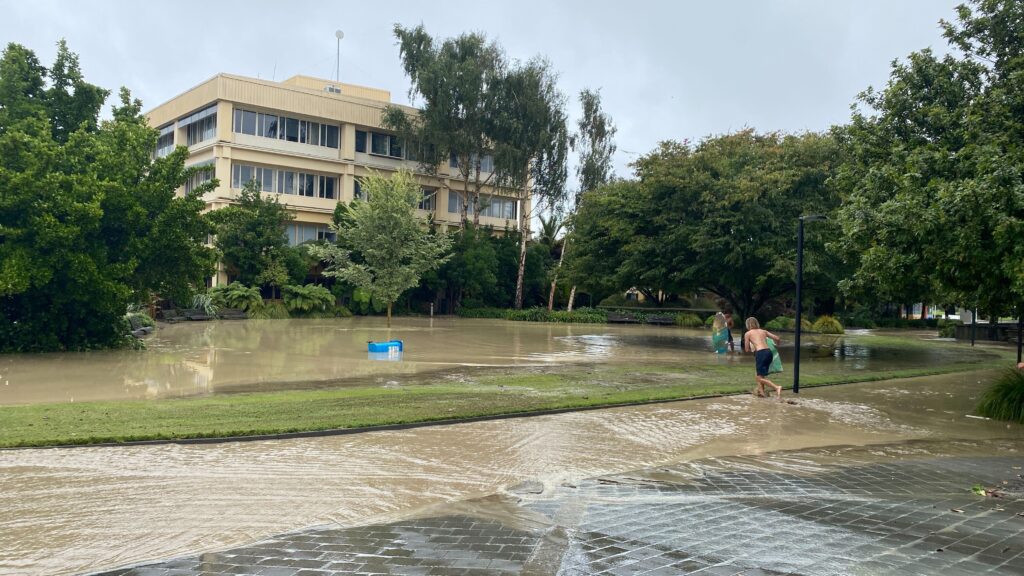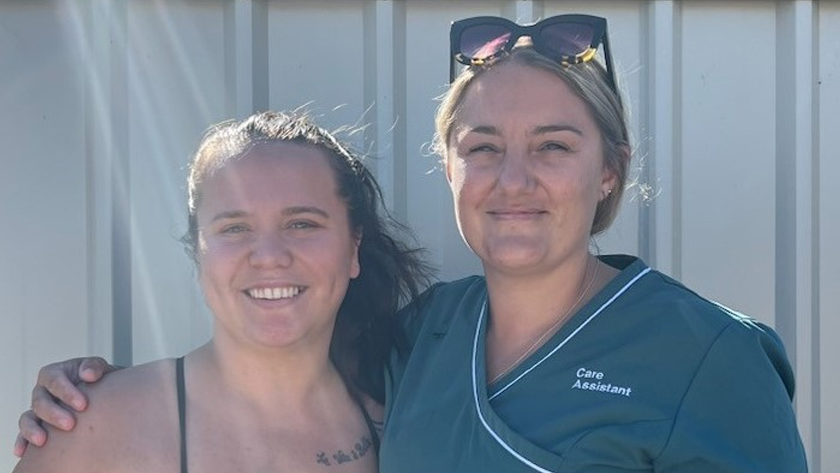NZNO Te Rūnanga Tauira representative for the region Ariana Thompson-Kihirini said uncertainty about the future of the programme was causing the 145 bachelor of nursing students further stress.
“Everything is up in the air, no-one knows what’s going on, whether we’re going to have classes online. Obviously we’re not going to be back at campus but there’s been no communication [about when classes will resume] from the head of school, or management.”
On Friday, February 17, students learned in an EIT Hawke’s Bay Facebook post that the Taradale, Napier campus would be closed until March 3.
‘We’re a bit torn, you don’t know where to go. Do you go to your family, or to work – I’ve still got to pay my bills – it’s a real tough one.’
“Severe damage” from the cyclone made it “inevitable this campus will remain closed beyond this time, possibly for several further weeks,” the post said.
A Te Pūkenga spokesperson confirmed on Friday over 90 per cent of buildings and grounds at the campus had been “significantly impacted”.
EIT-Te Pūkenga executive director of strategic projects and partnerships Glen Harkness said “all attempts are being made to return to normal operations as soon as possible”, in response to an enquiry by Kaitiaki.
Te Pūkenga had “significant resources and capability to support us during this challenging time”, Harkness said.

“We expect to have plans finalised in the coming days that detail how we will resume delivery for nursing and all other programmes.”
Thompson-Kihirini said moving to an online-only model would be the best option for students, considering the damage to the building and roads.
With a bridge connecting Hastings to Taradale closed after the cyclone, she would face a two-to-three hour commute from her home to lectures, if in-person classes resumed.
Nursing student and mental health care assistant Amy Warner said uncertainty about her nursing study was causing her and others anxiety.
She has been travelling up to two hours each way to Hawke’s Bay Hospital for 12-hour shifts from her home in Napier, since the cyclone ripped through the region. The trip usually takes 20 minutes, each way. ” . . . [that’s] a lot of extra money in fuel.”
Warner’s parents’ Te Awa home was badly damaged by flooding, with water reaching about 25cm high inside.
She had been helping them remove water-damaged flooring, gib, and furniture. On top of this, thieves had stolen outdoor furniture.
“There was a lot of concern about whether [thieves] were going to come back, but the community have started overnight shifts to guard entry to the street,” Warner said.
Friends of Warner’s, who had a newborn baby, had lost their home to flooding.
Continuing to work, while worrying about affected friends and whānau was emotionally difficult, she said.

“We’re a bit torn, you don’t know where to go? Do you go to your family, or to work – I’ve still got to pay my bills – it’s a real tough one.”
Part-time nursing student and former Te Rūnanga Tauira chair Manu Reiri moved back to Napier from Invercargill early this year to be close to whānau.
His home escaped damage from the cyclone but he was without power for a week.
During that time he continued his full-time job as a community support worker in Flaxmere and was able to stay at work overnight and with his brother.
He was worried about whānau in Wairoa, who he had not been able to contact for over a week which he said was “scary”.
Reiri said he was trying not to worry about his nursing studies.
“I’m just trying to deal with things I can control, like coming in to work, making a positive influence on my whaiora and trying to spend time with my family when I can.”


